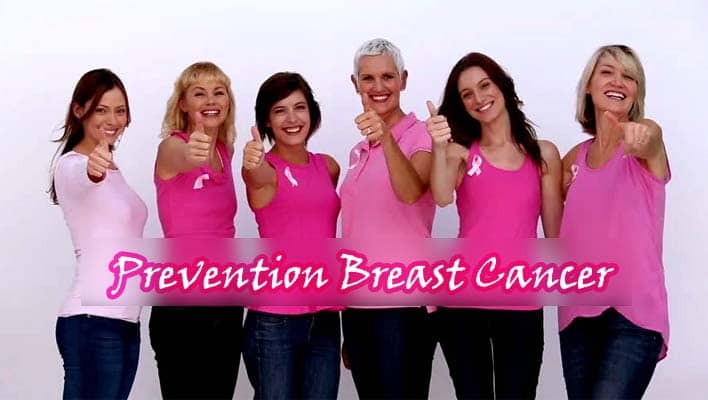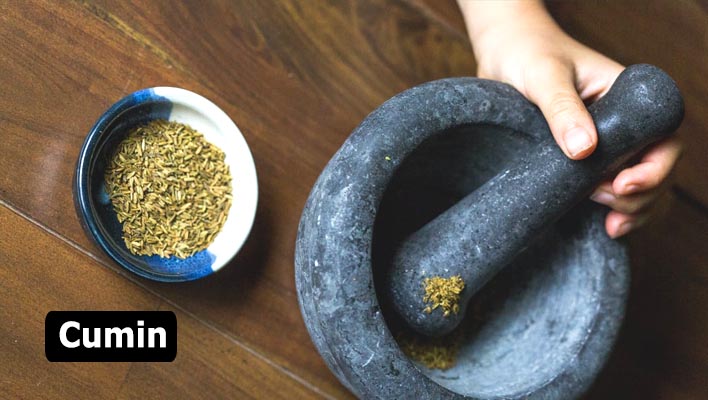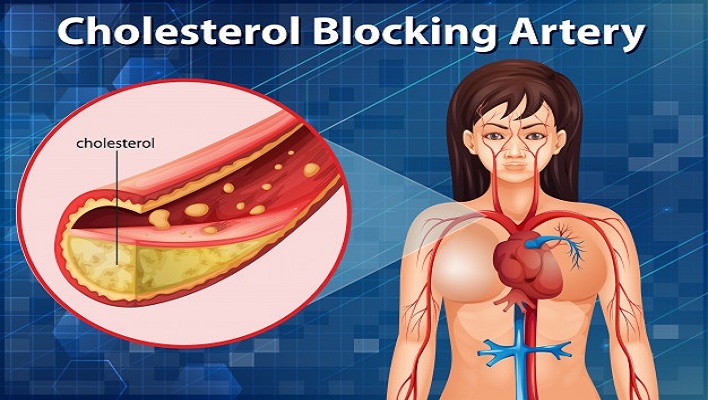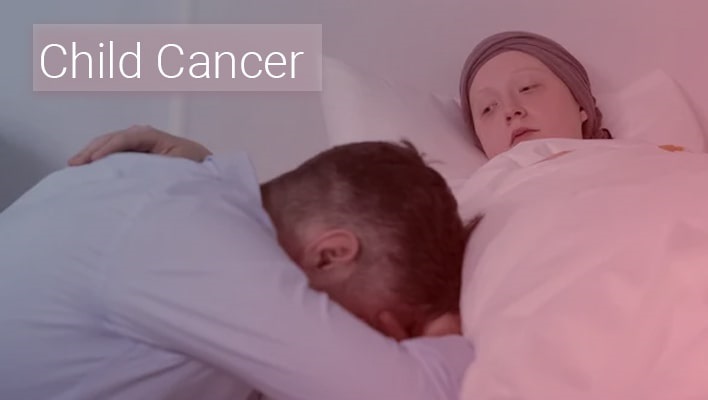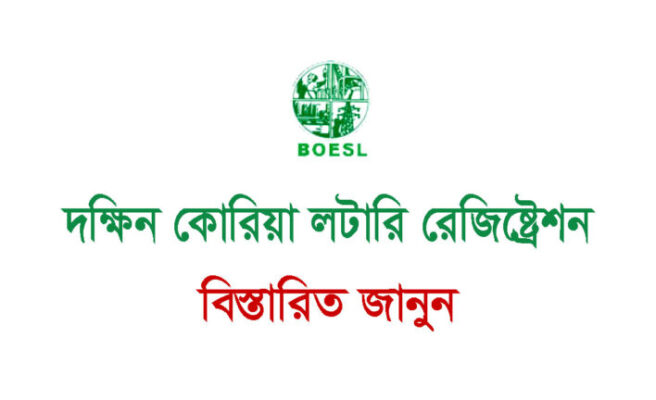Breast Cancer Symptoms Causes Prevention! Breast cancer is a scary name for women. Breast cancer is one of the leading causes of death in women worldwide due to cancer. Although it is more prevalent in the western world, it is now on the rise in Southeast Asian countries. Breast cancer is on the rise in Bangladesh. Previously, patients under the age of 40 were rare. But today 17 year old girl is also suffering from this disease.
Surprisingly, so far there has been a lot of pressure on women to be aware of this cancer, but now there is a strong effort to make men aware as well. Because breast cancer can also occur in men. Although the incidence of breast cancer in men is very low. It is estimated that 41,000 women are diagnosed with breast cancer in the UK each year, compared to only 300 men.
October 11 is celebrated around the world as Breast Cancer Awareness Day and October is Breast Cancer Awareness Month. About 14,836 women are diagnosed with breast cancer each year and about 7,142 of them die. October is celebrated as Breast Cancer Awareness Month in Bangladesh every year all over the world to create awareness in this regard.
What is breast cancer?
Breast cancer is caused when certain breast cells grow abnormally. These irregular and extra cells then divide into tumors or lumps and spread to other parts of the body through blood vessels, lymph and others. This proliferation is a cause for concern about cancer. Why? This is because in this case, even with the help of various modern medical systems, it is not possible to cure the patient completely or guarantee a long life. The hope is that if we can detect breast cancer at an ‘early state’, it can be cured almost 100% with proper treatment.
Why is breast cancer on the rise?
According to gynecologist Martha Hazra, one of the main causes of human papillomavirus infection is an unhealthy environment. In India, even in marginal areas, even in urban areas, girls often have to live in unhealthy environments. There are very few ways or opportunities to take care of the genitals.
In addition, the trend of smoking and drinking among Indian girls has increased nowadays. In this too, such feminine diseases are being suppressed more and more. Being unhealthy during periods, not finding a way to change underwear for a long time – are also emerging as small and big side effects of the disease.
Besides, lack of awareness is also responsible for this. Therefore, this disease is not decreasing despite various publicity campaigns year after year. However, there is no benefit in just blaming the patient. Indian villages or small health centers do not have the infrastructure and doctors to diagnose the disease.
Cancer means a lot of costs, a lot of harassment – this idea seems to be ingrained. So many families start relying on alternative medicine or alternative medicine when they catch this disease. Many times the disease is bigger than this.
Indian women manage the office, do housework, and don’t look at themselves. As much care as they need, there is still a deficit. Exercise, diet, overweight, stress, smoking, and drinking are also factors.
Age is a big risk factor. Lately, the average life expectancy of people has increased a lot. The risk of breast cancer also increases with age. And this is why breast cancer is on the rise lately.
Late marriage or not getting married or not having children can lead to breast cancer. Menarche at an early age means menopause, and menopause at an older age requires prolonged intercourse with estrogen. Estrogen increases the risk of cancer. Even if the baby is not breastfed, there is a risk of cancer.
If a woman has had breast or ovarian cancer before in the family, the risk is higher. The risk of breast cancer is much higher if you have the genes BARCA1 and BARC2.
Signs or symptoms
- Any part of the breast that becomes wheeled or any lump is seen.
- Changes in the size or shape of the breast.
- Changes in the shape of the nipple.
- Blood or fluid coming out of the nipple.
- Rash or rash around the nipple.
- Swelling of armpits or wheels.
- A lump or hardening inside the breast.
Causes of Breast Cancer:
Now we will know what causes breast cancer. However, there are 2 aspects to being attacked.
- It is possible to survive being infected.
- It is not possible to survive being infected.
Mutable causes of breast cancer
1. Not getting married until much older and having a mother or first child after the age of 30 greatly increases the risk of breast cancer in women.
2. Breast cancer is seen to be due to the habit of not breastfeeding the child regularly.
3. People who eat extra fatty foods and do not include vegetables in their diet are at a much higher risk of developing breast cancer. Prolonged consumption of canned foods, preserved foods, artificial sweeteners, and colored foods are also responsible for the risk of breast cancer in men and women.
4. Being overweight and not exercising at all increases the risk of breast cancer.
5. Prolonged exposure to air fresheners, pesticides, extra chemical cosmetics, deodorants, and radioactive substances increases the risk of developing breast cancer.
6. Using the wrong size bra. Use the right size bra according to the size of the breast. This is because it can greatly increase your risk of breast cancer. Bras larger than the size of the breast may not support the breast tissue properly and extra small or tight bras may cut off the fluid-carrying lymph nodes of the breast.
7. Difficulty in sweating due to wearing bra or bra all the time, accumulation of moisture, all together increases the risk of breast cancer. Try not to use the bra when you are at home and when you go to bed at night.
8. Buy deodorant without looking at the label. Nowadays, whether it is a working woman or a student, almost everyone uses deodorant to stay out all day and avoid the stench of sweat.
But when buying this deodorant, keep in mind the ingredients. Having an aluminum-based material increases the risk of breast cancer. Since you use deodorant every day, find out from a skin specialist before deciding which company’s product to use.
Irreversible causes of breast cancer
9. Genetics Some people get breast cancer due to some reasons. Mutations in genes called BRCA1 and BRCA2 are responsible for 5% to 10% of breast cancers.
10. Many people can get this breast cancer due to hereditary reasons. For example, if a mother, aunt, sister, or daughter has been diagnosed with breast cancer, the risk of breast cancer is greatly increased.
11. The risk of contracting the disease also depends on the age at which women start and stop menstruating. People who start menstruating before the age of 12 and stop menstruating after the age of 50 have a higher risk of contracting the disease.
12. The effect of estrogen hormone is seen in this disease. Those who have been exposed to the excess estrogen hormone for long periods are more likely to develop breast cancer in women who have taken hormone replacement therapy after menopause.
13. Gender increases the risk of cancer. A woman has a much higher risk of breast cancer than a man.
14. The risk of developing breast cancer increases with age, especially after the age of 50, which is not changeable at all.
How to Prevention Breast Cancer
Early prevention of breast cancer
- Marriage or first child must be completed before the age of 30.
- The baby should be breastfed.
- A healthy, balanced diet and regular exercise habits should be developed.
- Smoking, drinking, and other tobacco products should be avoided altogether.
- You have to practice your breast examination.
Foods that can reduce the risk of breast cancer
Incorporating the right set of foods with a healthy and balanced diet can reduce the risk and support breast cancer prevention. Based on various meta-analyzes and observational studies, there are some examples of foods that can help prevent breast cancer.
Soy food
A large-scale feasibility study, called the China Kaduri Biobank (CKB), found that more than 300,000 women were enrolled between 200,000 and 200,000 between 200 and 200, which were listed as geographically and economically different regions of China between 2008 and 2008. Breast cancer reports for women aged approximately 79 years and 2004 showed a 10% reduction in the risk of breast cancer for every 2008 mg/day increase in soy consumption.
Eating dietary fiber
Researchers at the Hangzhou Cancer Hospital in Zhejiang, China, analyzed data from 24 studies obtained through a search of the literature in PubMed, Embase, Science Web, and the Cochrane Library database, and found that women with high dietary fiber reduced their risk of breast cancer by 12%. Dosage-response analysis further found that dietary fiber intake increased the risk of breast cancer by 4% for every 10 g / day increase.
Allium vegetable
Researchers at the Tabriz University of Medical Sciences in Iran evaluated data from 285 breast cancer women in Tabriz, aged 25 to 65, and age- and regional-based hospital-based controls and found that high consumption of garlic and leeks could reduce the risk of breast cancer, where, High consumption of cooked onions may increase the risk and therefore, these foods may not be ideal for breast cancer prevention.
Lemon
Researchers from Tehran Medical Sciences University and Isfahan Medical Sciences University in Iran evaluated data from a population-based case-control study that found 3,350 breast cancer patients and 70,000 controls, and postmenopausal women and normal-weight participants had higher levels of cancer. The risk was reduced by 46% compared to those who ate less Lemon.
Brown rice
Analysis of data from Nurses’ Health Study II, which included 44 premenopausal women aged 90,516 to 27, found that eating whole-grain cereals may not be associated with breast cancer risk. However, studies have shown that consumption of brown rice may be associated with a lower overall diet and a lower risk of premenopausal breast cancer.
Fish
The Rhizavic Study involving 9,340 women born between 1997 and 1933 by the Icelandic Heart Association, an analysis of data from a population-based cohort study, as well as diets from 26 women’s subgroups entering diverse life periods, gene / environmental sensitivity. (AGES) – Reavis studies have shown that very high levels of fish in early middle age may be associated with a reduced risk of breast cancer.
Nuts
Between 2012 and 2013, 9 breast cancer women were recruited from a single public hospital center, Instituto Estatal de Cancerlogia de Calima, Mexico, to analyze the data of women and 104 women in the general mammogram without any previous history/signs/symptoms of breast cancer. Feeding nuts significantly reduces the risk of breast cancer two to three times.
Green tea
Researchers from the University of Perugia in Italy conducted a study based on 13 studies based on 6 studies and 5 case-controlled studies involving 1 case3,610 people and found that drinking green tea reduced the risk of recurrence of breast cancer by 15%. However, the analysis found no evidence that green tea can reduce the risk of breast cancer outbreaks.
Apples, Bananas, Grapes, Oranges, and Coconuts
A study published by researchers at the Harvard TH Chan School of Public Health in Boston, USA, and data from 27 premenopausal female participants between the ages of 2-90476-44 in Nurses Health Study 2 found that apples, bananas, grapes, and young And as a result of its use, the risk of estrogen receptor (ER)-breast cancer has been significantly reduced.
Take in good fats
Avoid omega-3, corn, sunflower oil foods rich in fatty acids, or foods with bad fats. This is because these fats or different types of fats have a much greater effect on breast cancer. So eat foods rich in fish oil and omega-3 fatty acids.
Nutritional supplement
Many times you may not get adequate nutrition, vitamins, and minerals in your diet. In that case, you can take supplements rich in vitamins and minerals. Which will play a special role in preventing other diseases including breast cancer. So try to eat an adequate amount of vitamin A, D, and E-rich food supplements. Which plays a very important role in the prevention of breast cancer.
Stay physically active
One study found that women who regularly exercised or did yoga for 30-40 minutes had a 25-45% lower risk of breast cancer. So make sure you do at least 30 minutes of exercise every day. And if that is not possible, try to walk fast.
Keep the Weight Right
Being overweight is one of the leading causes of breast cancer among other diseases. People who do not exercise or diet regularly gain weight very quickly. This increases the risk of breast cancer. So it is important to maintain normal body weight to prevent breast cancer.
Quit smoking
Women who are addicted to smoking or alcohol. They have a 30% to 40% risk of developing breast cancer. So if you have these habits, try to give up today.
What is Breast Cancer Screening and When?
Cancer screening is the process of diagnosing breast cancer at an early stage through a very simple test from a person who has no signs or symptoms of breast cancer. These screening tests may vary depending on age and other risk factors. There are three types of screening procedures:
1. Breast Self Examination (BSE)
This test should be done once a month. From the age of 20, a woman can do this test on her own for the rest of her life. It is better to do this test within 1 week of the end of menstruation. Those who have had regular menstrual periods or are irregular for any reason can take this test on a specific date each month.
2. Clinical Breast Examination (CBE)
Those in the age group of 30-40 years should have this test once every 3 years and women above 40 years should have this test once a year. Also, if you notice any abnormal changes in the breast, you should seek medical attention immediately.
3. Mamogram / Mammogram
This is a special type of X-ray of the breast, which can detect any very small lumps or abnormal changes in the breast. Mammograms are a very popular and effective test for diagnosing breast cancer in the developed world.
However, this method is not very readily available and expensive in our country. So those who are at risk of breast cancer should do this test with the advice of a specialist doctor.
Remember that early detection of breast cancer increases the chances of a complete cure.
Breast Cancer Diagnosis Methods
If something suspicious is found on a self-breast examination, clinical breast examination, or mammography, the doctor may offer a variety of tests to be more sure. Notable among these are FNAC, biopsy, core needle biopsy, and immunohistochemistry. And if breast cancer is found in it, the doctor can give various tests to determine the cancer staging if the patient needs it.
Treatment of breast cancer
Breast cancer is usually treated with surgery, chemotherapy, radiotherapy, hormone therapy, etc. However, only a specialist doctor can advise which patient needs treatment at what time.
The issue of breast cancer is so important and so huge that it is not possible to say it all at once. More important information about breast cancer, diagnostic methods, and treatment will be explained in more detail in the next article. Until then, stay healthy, stay well.

